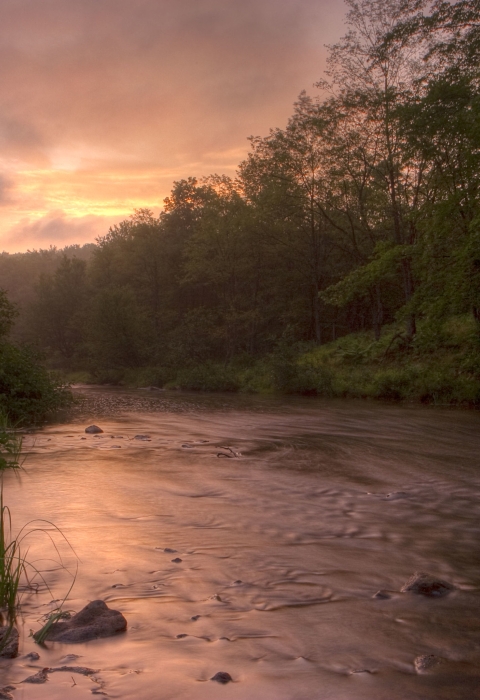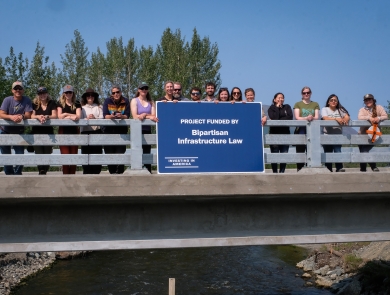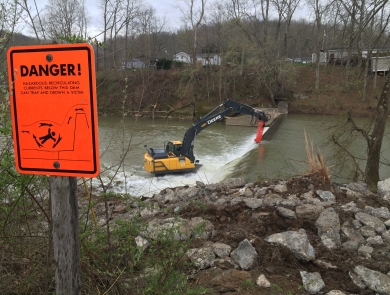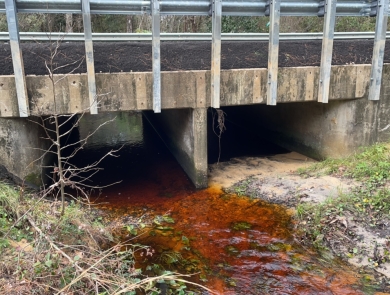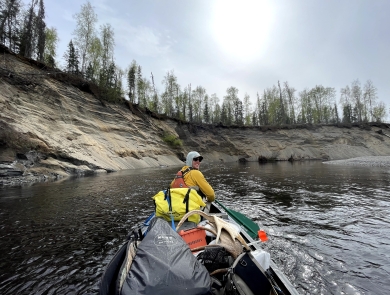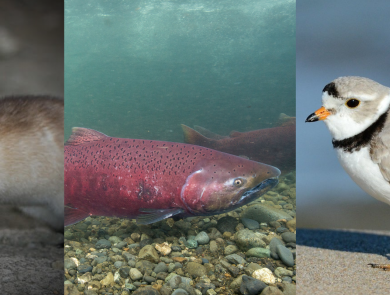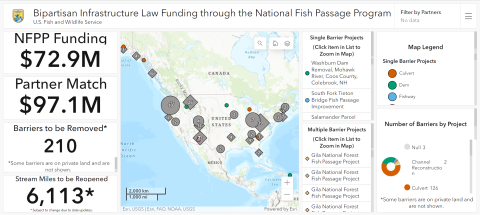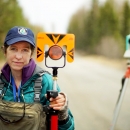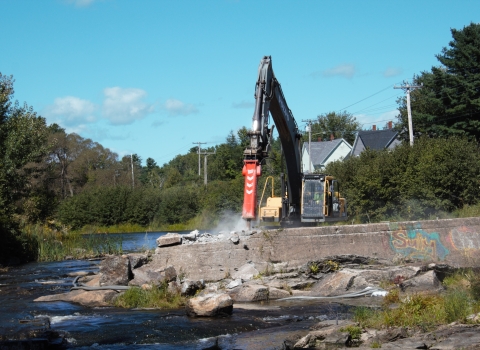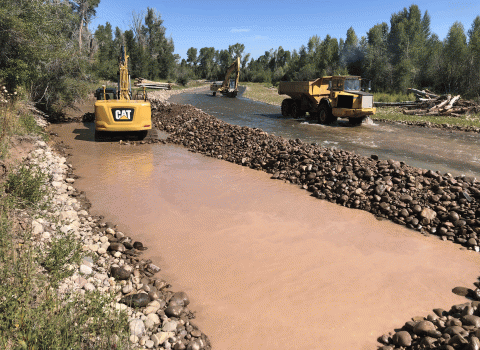Our Services
We provide financial and technical assistance to support projects that improve fish passage - the ability of fish and other aquatic wildlife to move freely throughout their life .
The National Fish Passage Program is a national leader connecting watersheds and people. The program has decades of experience implementing projects in collaboration with federal agencies, Tribes, states, and our non-profit partners. We work with communities to remove obsolete and dangerous barriers, permanently eliminating public safety hazards and restoring river ecosystems. The resulting infrastructure benefits communities by reconnecting aquatic habitat, increasing flood resilience, and saving money in long-term repair and replacement costs.
Since 1999, the National Fish Passage Program has:
- Worked with over 2,000 local communities, Tribes, and private landowners across the country.
- Removed or bypassed over 3,500 barriers to fish passage fish passage
Fish passage is the ability of fish or other aquatic species to move freely throughout their life to find food, reproduce, and complete their natural migration cycles. Millions of barriers to fish passage across the country are fragmenting habitat and leading to species declines. The U.S. Fish and Wildlife Service's National Fish Passage Program is working to reconnect watersheds to benefit both wildlife and people.
Learn more about fish passage . - Reopened access to over 64,000 miles of upstream habitat for fish and other wildlife.
$200 Million Dollar Investment in Rivers, Wildlife, and Communities
The Bipartisan Infrastructure Law included an additional $200 million for restoring fish and wildlife passage by removing in-stream barriers and providing technical assistance under the National Fish Passage Program. The funding is distributed over five years, providing a once-in-a-generation opportunity to invest in our nation’s rivers, streams, and communities.
Find a National Fish Passage Program project in your neighborhood.
Projects and Research
The National Fish Passage Program works with local communities on a voluntary basis to remove barriers and restore rivers for the benefit both fish and people. Fish passage projects address issues related to climate change climate change
Climate change includes both global warming driven by human-induced emissions of greenhouse gases and the resulting large-scale shifts in weather patterns. Though there have been previous periods of climatic change, since the mid-20th century humans have had an unprecedented impact on Earth's climate system and caused change on a global scale.
Learn more about climate change and serve disadvantaged communities while spanning the nation geographically and addressing a wide array of diverse aquatic resource issues.
Explore our past successes and future projects featuring investments in Tribal lands, climate resiliency, imperiled species.
The project will remove two dams, the Upper Town Dam and the Remnant Mill Dam from the Sabattus River, a tributary to the Androscoggin River in Maine. Both dams will be removed, with bank restoration, stabilization, and revegetation. These dam removals will eliminate public safety hazards, reduce flooding risk, restore parks and safe access to nature for disadvantaged communities,...
The Upper Bear River straddles the border between Wyoming and Utah and has been a long-term refuge for native Bear River Cutthroat, which are unique to the watershed. However, the area is also one of the oldest agricultural districts in Wyoming and Utah and impacts from water usage over the last half century have greatly impacted the ability of native fishes to migrate and utilize the full...
The Potomac Headwaters Fish Passage Restoration Project is a watershed scale project to reconnect over 195 miles of habitat for brook trout, American eel, and other aquatic species in the Potomac Headwaters of the Chesapeake Bay across the states of Maryland, Virginia, and West Virginia. The project is composed of up to 17 fish passage barrier removal projects including culvert...
